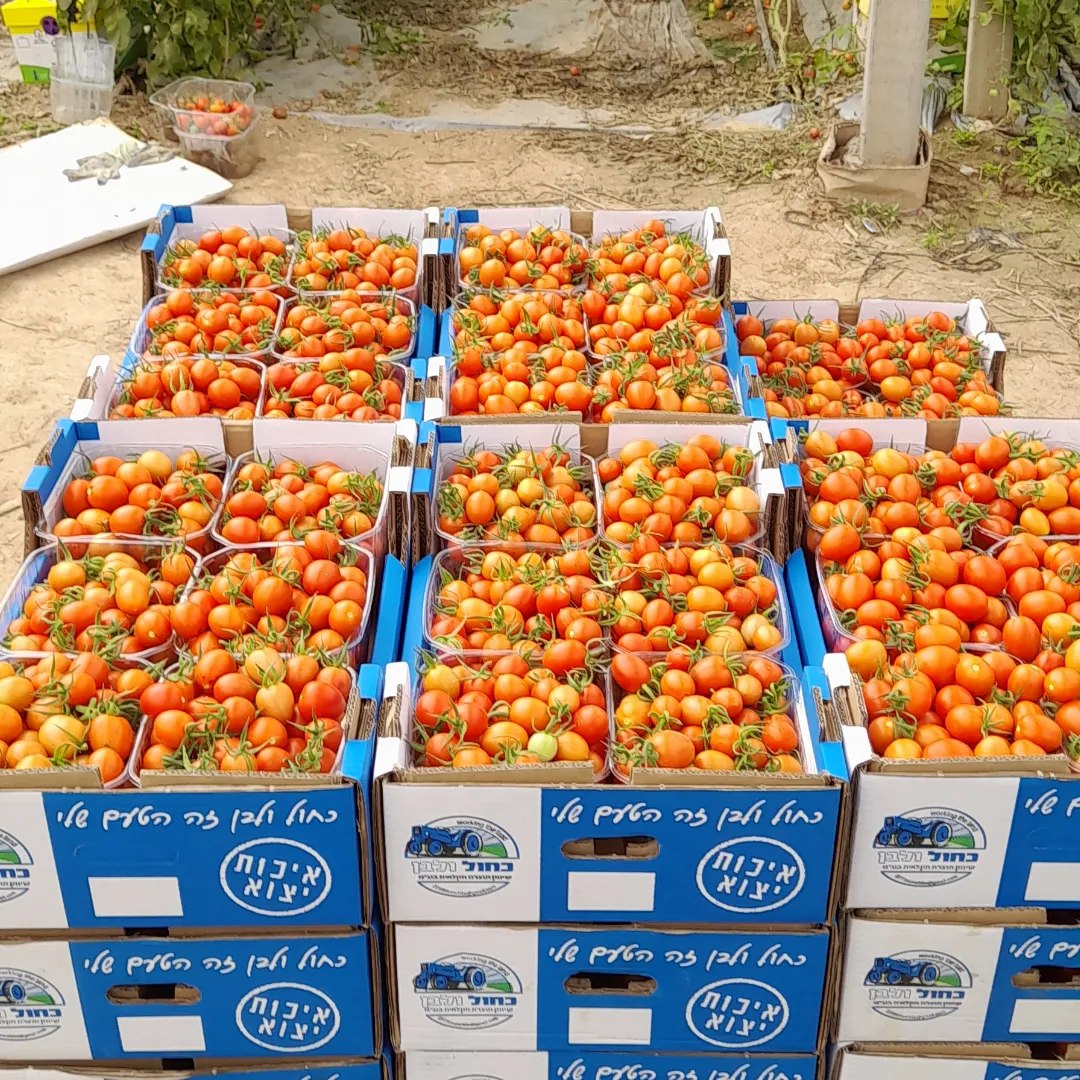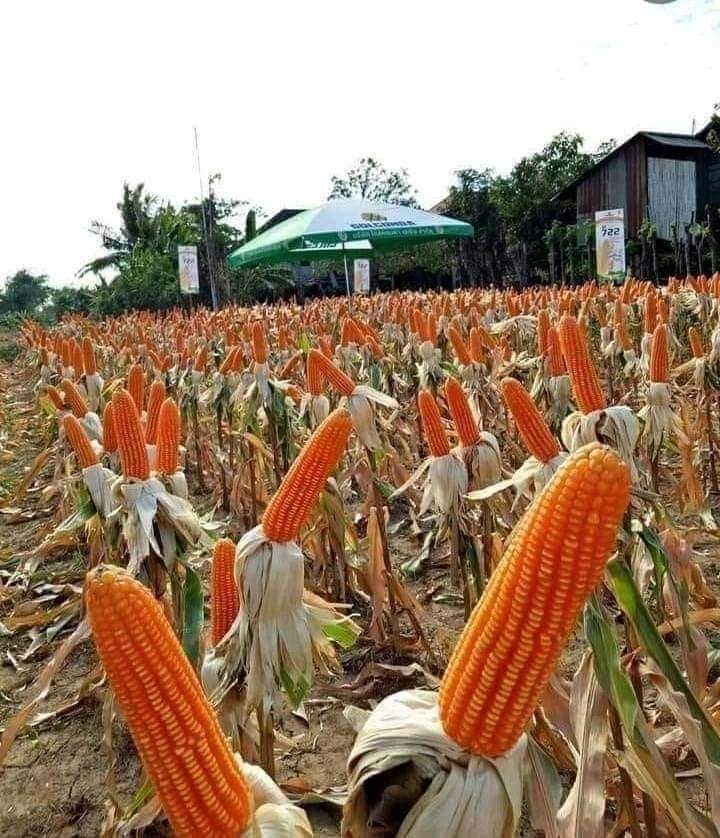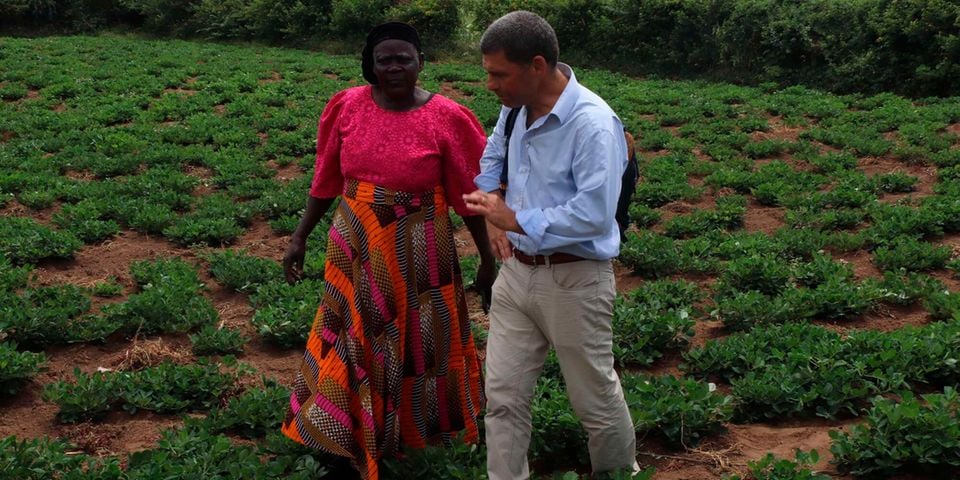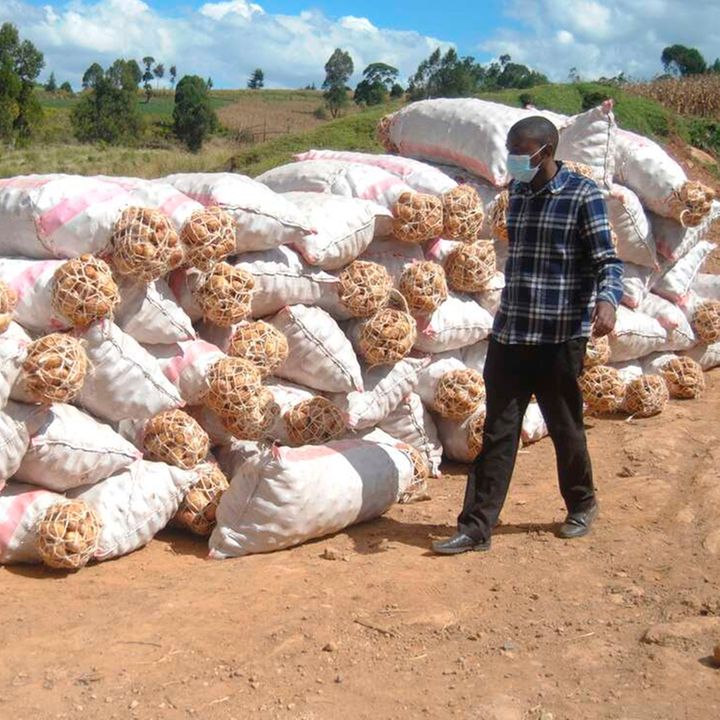 Variety selection. Different tomato varieties have unique characteristics and uses, such as beefsteak, cherry, or plum tomatoes. Choose a variety that suits your region’s climate, market demands, and intended use (e.g., fresh market, processing, or seed production).
Variety selection. Different tomato varieties have unique characteristics and uses, such as beefsteak, cherry, or plum tomatoes. Choose a variety that suits your region’s climate, market demands, and intended use (e.g., fresh market, processing, or seed production). Climate and location: Tomatoes thrive in warm temperatures with abundant sunlight. They require a frost-free environment and at least 6-8 hours of direct sunlight per day. Choose a location with proper exposure to sunlight and protection from strong winds.
Climate and location: Tomatoes thrive in warm temperatures with abundant sunlight. They require a frost-free environment and at least 6-8 hours of direct sunlight per day. Choose a location with proper exposure to sunlight and protection from strong winds. . Soil preparation: Tomatoes grow best in well-draining, fertile soil with a pH of 6.0-7.0. Test your soil and amend it with organic matter, such as compost or well-rotted manure, to improve soil fertility and texture.
. Soil preparation: Tomatoes grow best in well-draining, fertile soil with a pH of 6.0-7.0. Test your soil and amend it with organic matter, such as compost or well-rotted manure, to improve soil fertility and texture. Planting and spacing: Tomatoes can be started from seeds or transplants. If starting from seeds, sow them indoors and transplant them to the field when they have developed a few leaves. Ensure adequate spacing between plants to allow for proper air circulation and sunlight penetration.
Planting and spacing: Tomatoes can be started from seeds or transplants. If starting from seeds, sow them indoors and transplant them to the field when they have developed a few leaves. Ensure adequate spacing between plants to allow for proper air circulation and sunlight penetration. . Irrigation and fertilization: Tomatoes require consistent moisture and proper nutrient management for optimal growth. Set up an irrigation system to provide water regularly, and apply fertilizers such as compost or chemical fertilizers to supply essential nutrients.
. Irrigation and fertilization: Tomatoes require consistent moisture and proper nutrient management for optimal growth. Set up an irrigation system to provide water regularly, and apply fertilizers such as compost or chemical fertilizers to supply essential nutrients.  Monitor your plants for signs of nutrient deficiencies or excesses and adjust your management practices accordingly.
Monitor your plants for signs of nutrient deficiencies or excesses and adjust your management practices accordingly.




